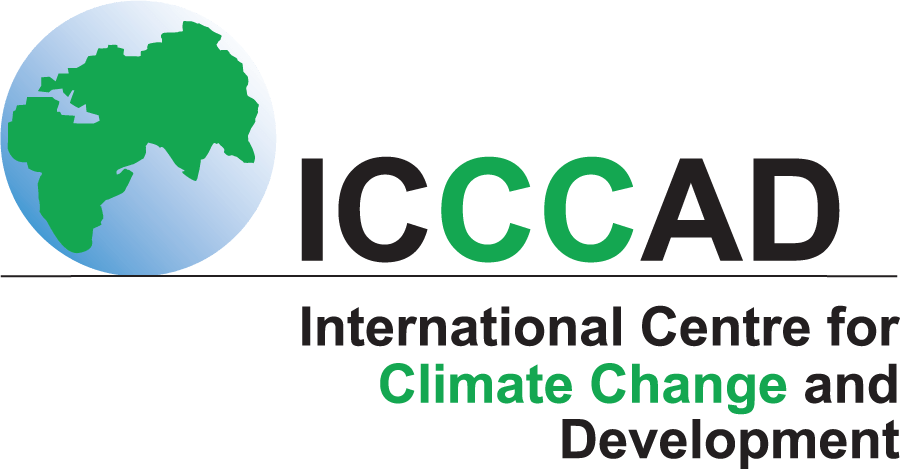The idea of support for vulnerable countries that experience loss and damage (L&D) from climate change is nothing new, and countries have been proposing such an arrangement from the beginning of the UN Framework Convention on Climate Change (UNFCCC) negotiations. Pressure to institutionalize a UNFCCC mechanism on L&D has increased in response to the shortcomings of mitigation policy and the inadequacy of adaptation support for nations and communities already experiencing the worst effects of climate change. At the 18th Conference of Parties (COP) in Doha, the UNFCCC officially invited “all parties… to enhance action on addressing loss and damage” associated with the impacts of climate change and agreed to establish institutional arrangements to address L&D at COP 19. At COP 19 in 2013, the UNFCCC was charged with creating the “institutional arrangements… to address L&D” it had promised a year earlier. This mechanism created, dubbed the “Warsaw International Mechanism for Loss and Damage” (WIM), was given the role of addressing L&D from extreme and slow onset events in developing countries “particularly vulnerable” to effects of climate change.
[btn btnlink=”http://website.icccad.net/wp-content/uploads/2015/08/Defininglossanddamage-Final.pdf” btnsize=”medium” bgcolor=”#3f9e0c” txtcolor=”#ffffff” btnnewt=”1″ nofollow=”1″]The Full Policy Brief Available Here [PDF][/btn]
[clear]
